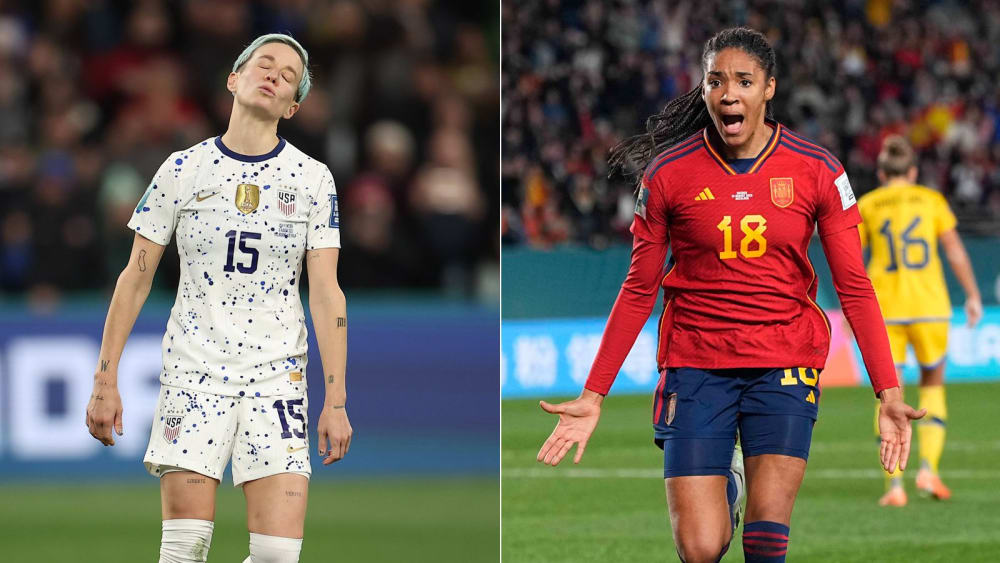For the first time since 2003, the Women’s World Cup will have an all-European final. There are reasons for this – and consequences.
While in the 93-year history of the men’s World Cup, only teams from Europe and South America have reached the final, the competition in the women’s competition is much more balanced globally. The tournament has only been taking place since 1991 – and yet the previous finalists came from four different continents: In addition to Europe (3x Germany, 2x Norway, 1x Sweden, 1x Netherlands, 1x England and 1x Spain) and South America (1x Brazil), North America (5x USA) and Asia (2x Japan, 1x China) have also been finalists.
Now, with England and Spain, not only have two teams made it to the final that have never been there before, the two nations also form the first purely European final since Germany’s triumph over Sweden in 2003. Neither comes by chance. “It speaks for European football,” says ex-national Turid Knaak in the new episode of FE:male view on football, “but also for the Champions League, which has become bigger. “
2021, UEFA had changed the mode of the Women’s Champions League and created a real group stage to play more matches between teams of similar quality. Instead of a lengthy knockout round, there have since been groups of four, analogous to the men’s mode, in which each team plays six matches. “It helps that the European teams can measure themselves against top opponents already in the group,” Knaak thinks. “This format has helped European football improve enormously and become much more competitive.”
This is especially evident in the two leagues of the finalists. The English Women’s Super League stands for high professionalism, the Spanish Liga F for the outstanding FC Barcelona, which won two of the last three editions of the Champions League. “But there is an extreme disparity in this league,” explains Knaak, who has played in both leagues herself – on loan for Arsenal in 2014 and Atletico Madrid in 2020/21. In the Spanish league, says the 32-year-old, “the players still have to fight for professional conditions. They went on strike because they didn’t have a physiotherapist, a doctor at the game. “
Consequences for the USA?
Nevertheless, there is “incredible potential” in Spain, who have reached the final despite the fact that some top players are not even in the World Cup squad due to a falling out with coach Jorge Vilda. In general, there is “a lot going on in Europe – and that is now evident at this World Cup”.
Logically, this has consequences for women’s football outside Europe – including for the record world champions. “We now see that teams like the USA have to ask themselves whether Europe is passing them by,” says Knaak. “The rest of the world now has to try to catch up. “





